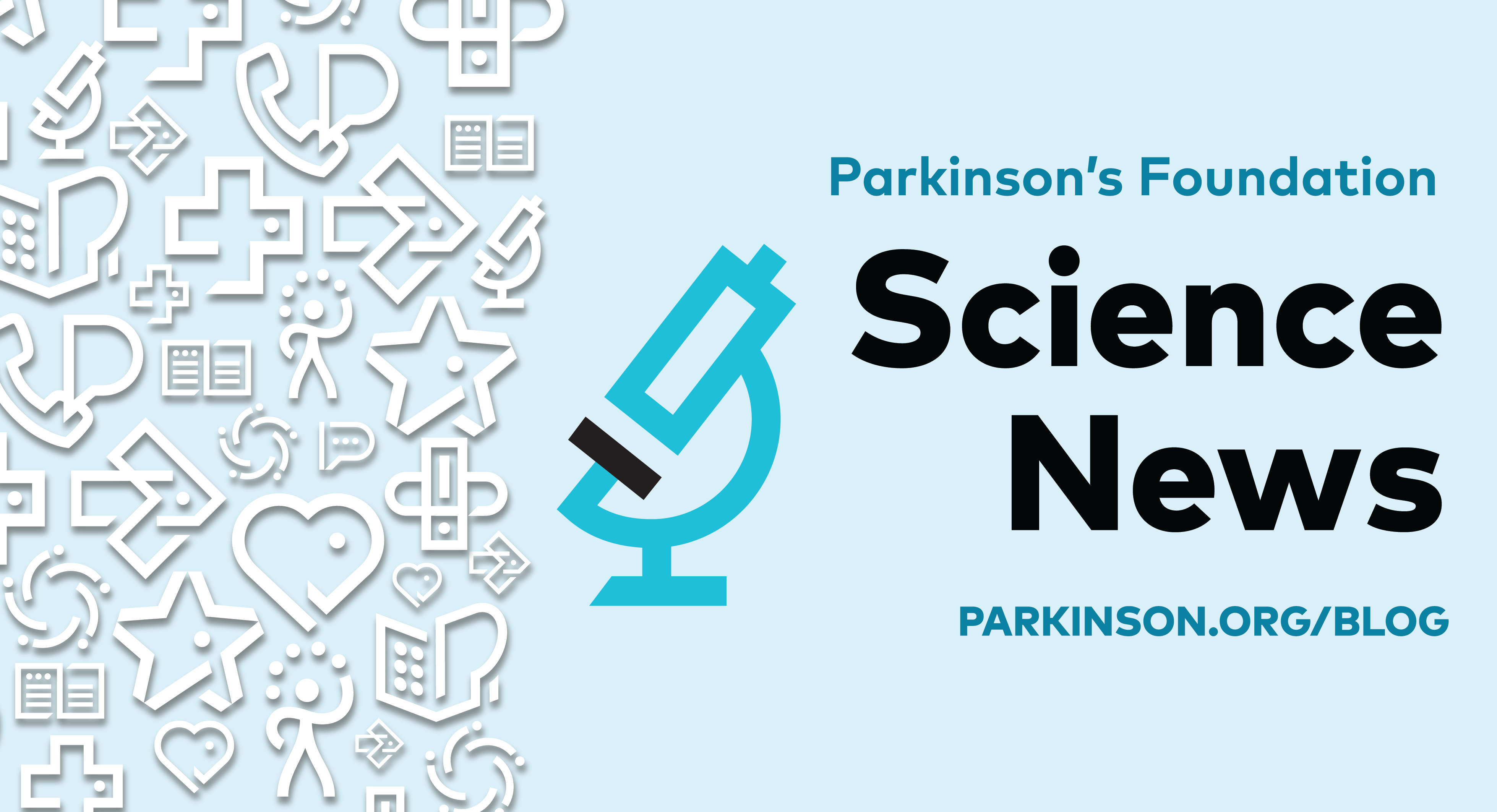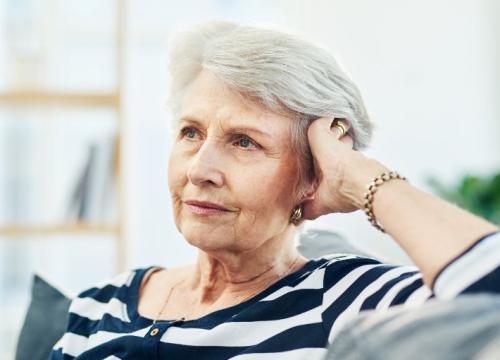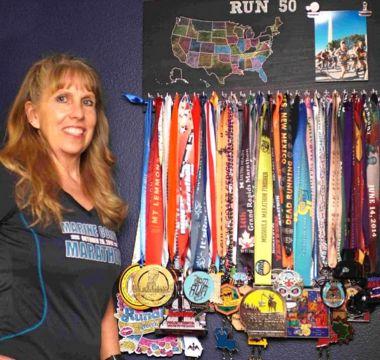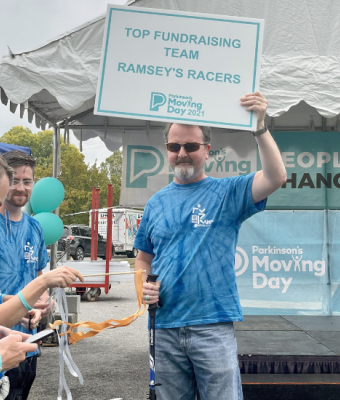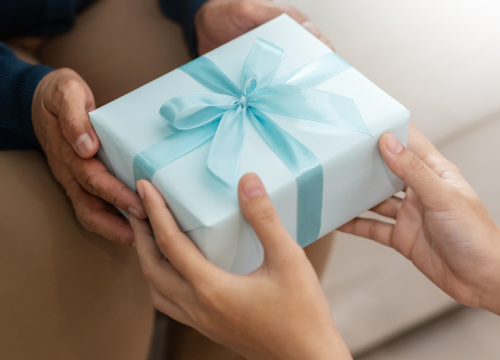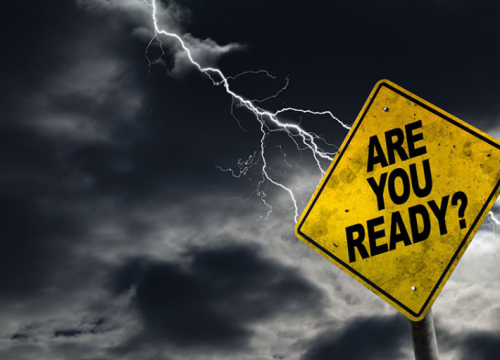Addressing Apathy and Other Mood Disorders in Parkinson’s

Apathy, the feeling of having lost your zest for life, is one of the most challenging symptoms of Parkinson’s disease (PD). Apathy can make it a struggle to engage with others, take part in daily activities and manage PD symptoms. Along with depression and anxiety, apathy in PD is often overlooked and undertreated. Learning the symptoms of apathy, how it can work alongside other mood disorders and management strategies can support your mental well-being.
The following article is based on a Parkinson’s Foundation Expert Briefing about apathy and mental health in Parkinson’s, hosted by Aaron Malina, PhD, ABPP, clinical neuropsychologist at Northwestern Medicine Lake Forest Hospital, a Parkinson’s Foundation Center of Excellence.
How PD Brain Changes Affect Mood
Apathy, along with anxiety, depression and cognitive changes, can be common in Parkinson’s. The brain chemistry changes that cause movement symptoms in Parkinson’s can also impact mood. Some people might experience mood disorders even before movement symptoms start.
Parkinson’s impacts areas deep within the brain, disturbing complex communication networks. These changes are linked to a decrease in the production of:
-
Dopamine: chemical responsible for movement and mood
-
Noradrenaline: a substance related to movement, mood, cognitive health and more
-
Serotonin: chemical that helps regulates emotions
-
Acetylcholine: chemical that helps with thinking abilities
Understanding Apathy
Apathy impacts 16 to 46% of people with Parkinson’s. Apathy can occur on its own, as a component of other psychiatric conditions, such as depression, or in neurological diseases including Parkinson’s.
In Parkinson’s, apathy is a motivation disorder due to disruption of the brain’s networks. Although outside factors can influence apathy, it is not an emotional reaction and is not due to thinking difficulties or emotional distress.
People with apathy have difficulty processing, identifying and differentiating between good or bad outcomes. This makes it difficult for them to respond accordingly. Apathy can make it challenging to attend healthcare appointments, take medications or practice self-care. In extreme cases, a person with apathy may not move or speak.
A person experiencing apathy may show little emotional expression or seem indifferent, disinterested or uncaring. This can be compounded by PD symptoms like masked face, making it harder for someone to communicate their emotions.
Types of Apathy & Treatments
Apathy symptoms are caused by a dysfunction deep in the midbrain and the frontal lobes of the brain — which process emotional information, drive, movement and behavior. People with PD of increased age, with less health education, who experience depression, cognitive impairment or rapid eye movement sleep behavior disorder, as well as those with advanced Parkinson’s, are at greater risk of developing apathy.
Your doctor may ask you to fill out a questionnaire or interview you to understand how apathy impacts your life and to identify the best therapy.
Apathy can show up in four ways:
-
Behavioral symptoms: include lack of initiative and productivity. Causes a person to become more dependent on others. Dopamine agonists may help. However, these medications are associated with impulse control disorders.
-
Emotional symptoms: cause a lack of response to positive and negative events, less concern for what's going on with others, less affection and general indifference. In addition to dopamine agonists, methylphenidate or serotonergic agents might be prescribed.
-
Cognitive symptoms: impact a person’s interest in learning new things and the ability to plan, organize or participate in activities. Cholinesterase inhibitors might be prescribed.
-
Social engagement: diminishes with apathy. A lack of interest in participating in relationships can impact significant other, family members and friends.
In addition to medications, exercise, social engagement, mindfulness and cognitive therapy play a major role in addressing apathy. Noninvasive transcranial magnetic stimulation (TMS) therapy, which stimulates cells in the brain, might improve symptoms. Deep brain stimulation (DBS), a neurological surgery to treat some Parkinson's symptoms, can also sometimes improve apathy.
Apathy and Cognitive Change
Apathy may be a predictor of cognitive change in Parkinson’s. Many people with PD experience mild cognitive impairment, which can impact executive function — a person’s ability to plan, organize and problem solve. People with more significant cognitive change can experience greater apathy.
Splitting Apathy from Depression
Although apathy and depression occur in different parts of the frontal lobes, both can overlap. Symptoms seen in both apathy and depression include:
-
Slow movement
-
Inability to experience joy
-
Lack of energy
-
Decreased enthusiasm
Depression impacts 50% of people with Parkinson’s. While depression can cause sadness or irritability, its onset does not require a sad or a traumatic event. Depression can cause changes in weight, appetite and sleep. A person with depression may experience a lack of self-worth, guilt or thoughts of self-harm or suicide.
People with more movement symptoms and women are at greater risk for depression in PD. People with advanced Parkinson’s, certain genetic subtypes of PD or cognitive impairment are also more prone to depression.
Anxiety & Cognition
Anxiety, excessive worry that is challenging to control, can occur in up to a third of people with Parkinson’s and can impact cognition and physical function. A person with anxiety may feel sad, irritable, edgy or restless, may tire or fatigue easily, have trouble concentrating or sleeping, or have increased muscle aches or soreness. Some people with Parkinson's are diagnosed with anxiety along with depression.
Social phobia, fear or anxiety about social situations, is a common anxiety disorder in PD. A person experiencing social phobia fears being perceived negatively by others and avoids social situations or endures them with intense fear.
People who develop Parkinson’s at a younger age are more prone to anxiety. Anxiety also tends to worsen for people with PD during “off” times — when the effect of levodopa medication wears off.
Seeking Treatment
Regular screening for mood and cognitive change is an important aspect of PD care. However, not every Parkinson’s doctor asks about mental health or screens for mood changes. If you experience any signs of apathy, depression, anxiety or cognitive change, talk to your doctor.
Medication therapy is often used in combination with talk-based (cognitive behavioral) therapy to manage mental well-being in PD. The medications most used to treat depression and anxiety are SSRIs (selective serotonin reuptake inhibitors) and SNRIs (serotonin and norepinephrine reuptake inhibitors). Cognitive behavioral therapy helps a person understand how their mood symptoms impact how they're thinking and feeling and gives them tools to address symptoms.
Regular exercise or movement is also essential to Parkinson’s management and mental well-being.
Learn More
Discover more about emotional health in Parkinson’s with these resources:
Related Materials
Intimacy and PD
Mood: A Mind Guide to Parkinson’s Disease
Managing Anxiety in Parkinson's
Related Blog Posts
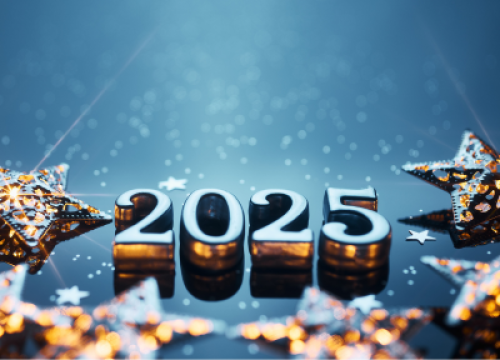
Celebrating 12 Milestones that Defined 2025



